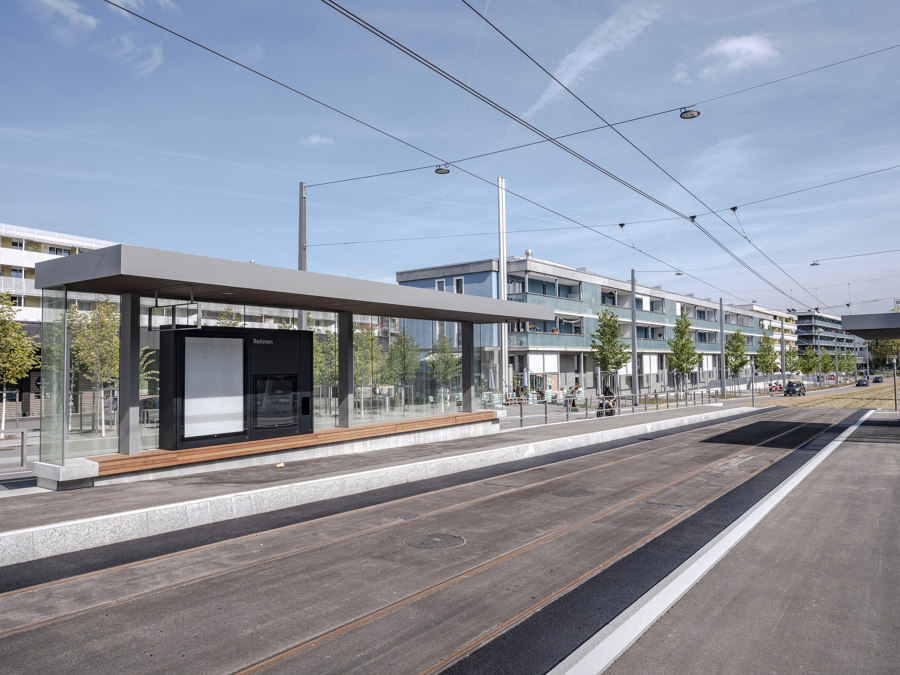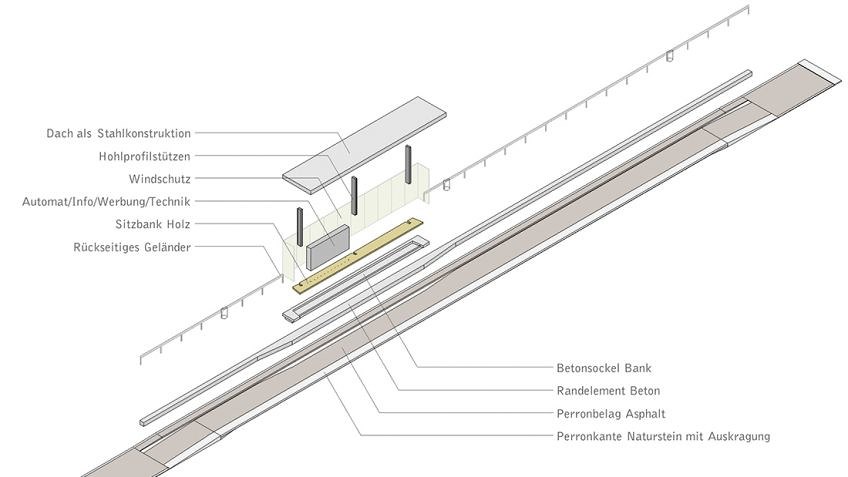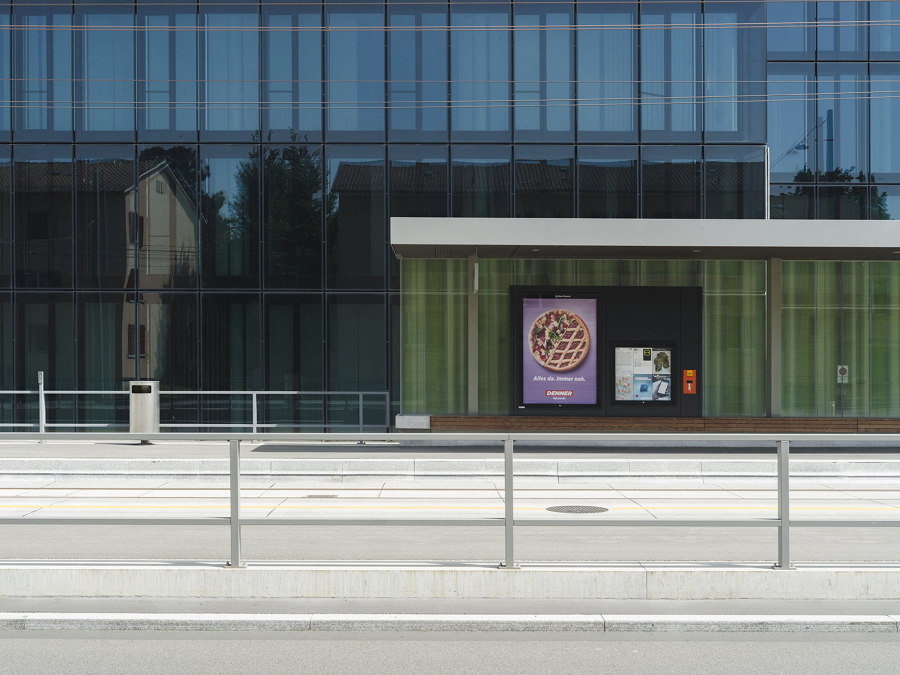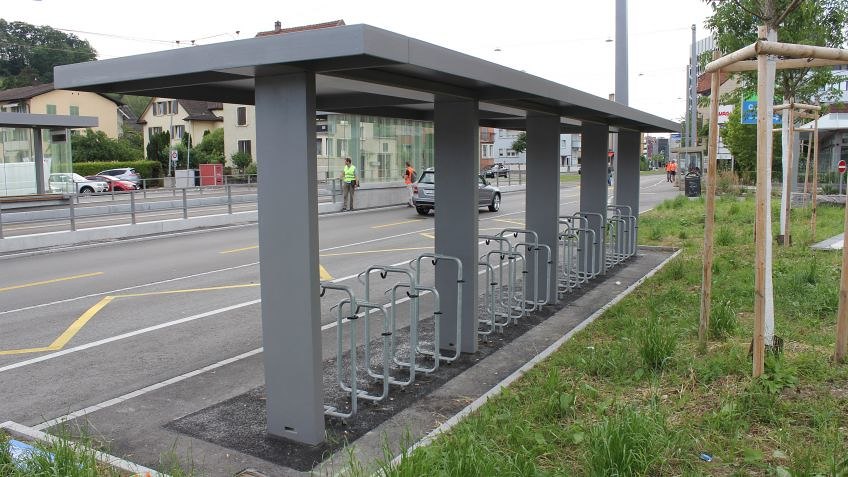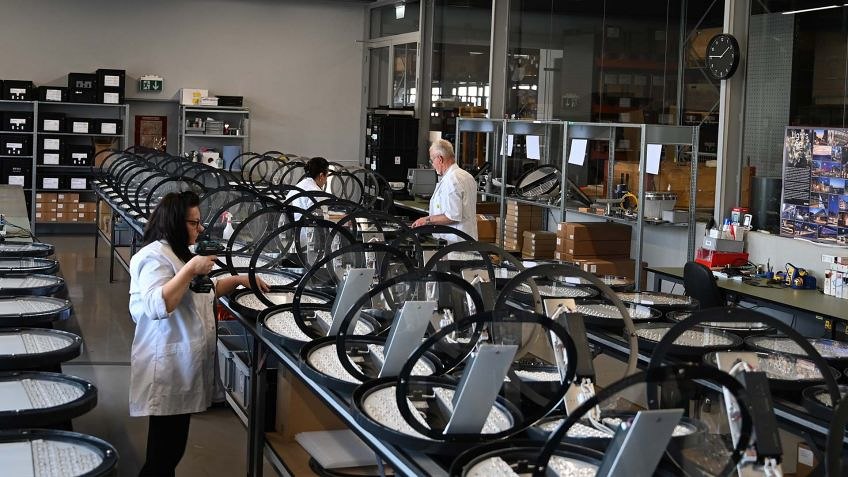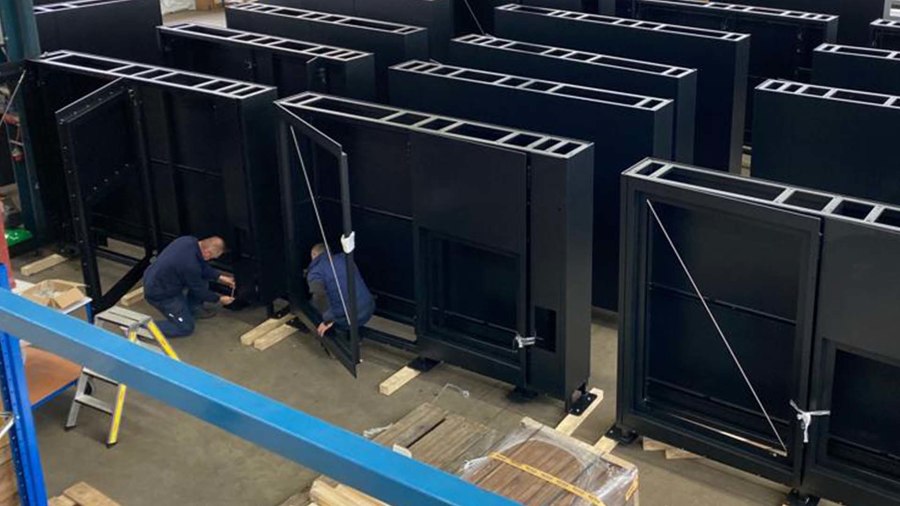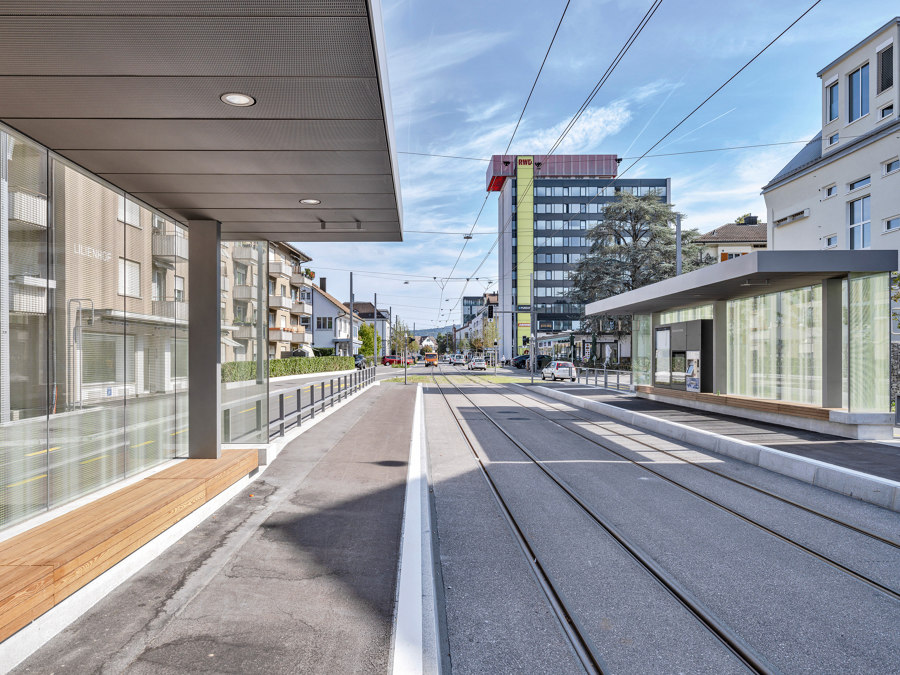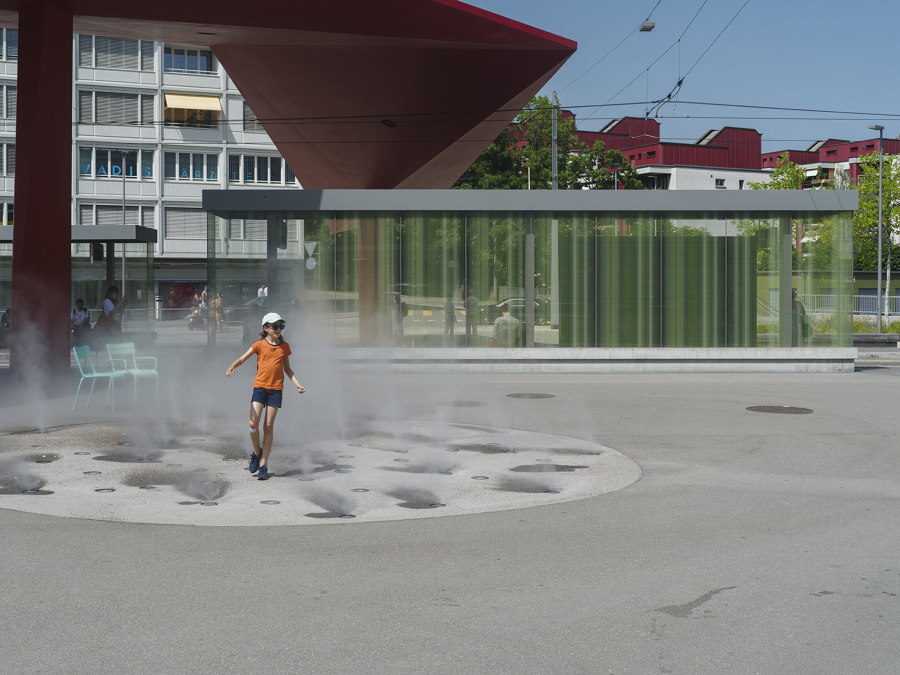BURRI: competence that moves and connects
Brand story by Julia Hauch
Glattbrugg, Switzerland
28.03.23
From playgrounds in Zurich to the Olympic Games in London, public space specialist BURRI has been bringing projects of all sizes to life for over 120 years, also including the stop infrastructure for Switzerland's Limmattalbahn tram route…
Beautifully connected: The Limmattalbahn's stops are not only points of connection, they are also poles of calm in the hustle and bustle of everyday life and give the region a unifying identity. Photos: René Dürr
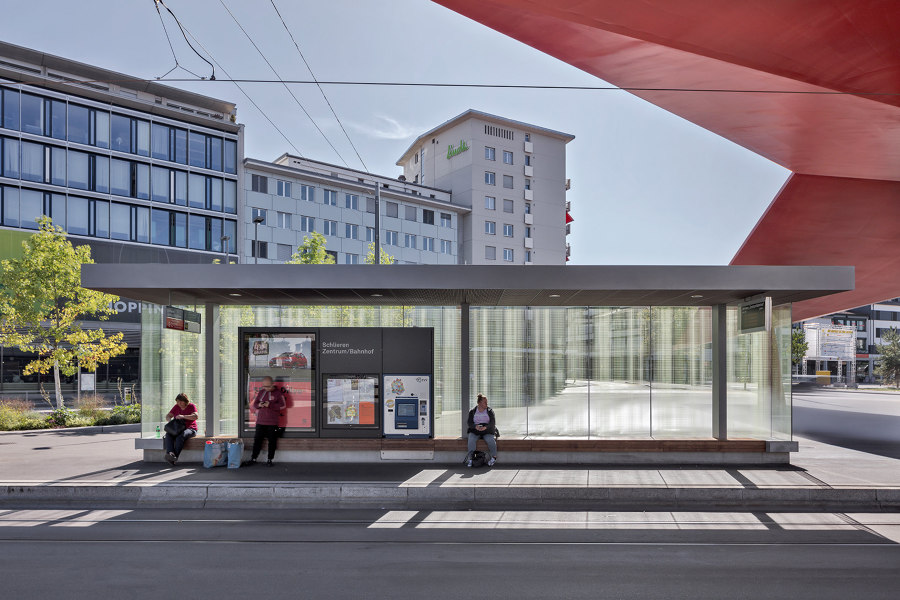
Beautifully connected: The Limmattalbahn's stops are not only points of connection, they are also poles of calm in the hustle and bustle of everyday life and give the region a unifying identity. Photos: René Dürr
×As early as 1847, the first train, the legendary ‘Spanisch-Brötli-Bahn’, travelled from Zurich to Baden. While named after a local baked speciality, its importance went far beyond the delivery of pastries between the two locations. It was also a pioneering connection that gave the Limmattal Railway a new lease of life, boosting industrial development on the cross-cantonal route and helping the Limmat Valley to become one of the most dynamic areas of Switzerland over the years.
Today, roughly 300,000 people live and work in this booming region. In order to help join the local people together, to better distribute the area's increasing traffic and meet the social challenges of the agglomeration using innovative infrastructure, the creation of a new tram connection was set in motion at the end of the 1990s.
Urban and subtle: Thanks to their overall design concept, the stops blend beautifully and functionally into the varied surroundings. Photos: René Dürr (top), BURRI public elements AG (bottom)
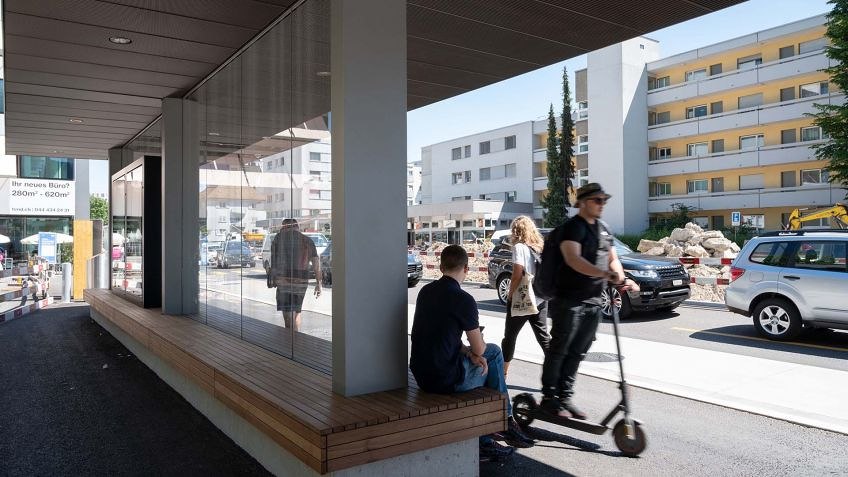
Urban and subtle: Thanks to their overall design concept, the stops blend beautifully and functionally into the varied surroundings. Photos: René Dürr (top), BURRI public elements AG (bottom)
×13.5 kilometres and 27 stops
From Altstetten station in Zurich to Killwangen-Spreitenbach, the Limmattalbahn passes through a wide variety of neighbourhoods, communities and scenery – 1950s housing estates, modern apartment buildings and numerous schools; along busy avenues amid dense traffic, passing through industrial areas into wide open fields and idyllic greenery.
From Altstetten station in Zurich to Killwangen-Spreitenbach, the Limmattalbahn passes through a wide variety of neighbourhoods, communities and scenery
The route covers a varied 13.5-kilometres, stopping every 500 metres to invite commuters on or off. Those waiting at one of the 27 stops have every reason to do so in happiness and patience, as the overall composition of the facilities offers everything a public transport traveller could wish for in terms of both design and function.
‘This infrastructure project required great knowledge and broad experience regarding standards, interface requirements and project coordination.’ said co-owner Martin Burri. Axonometric diagram: 10:8 Architekten. Photos: Damaris Betancourt
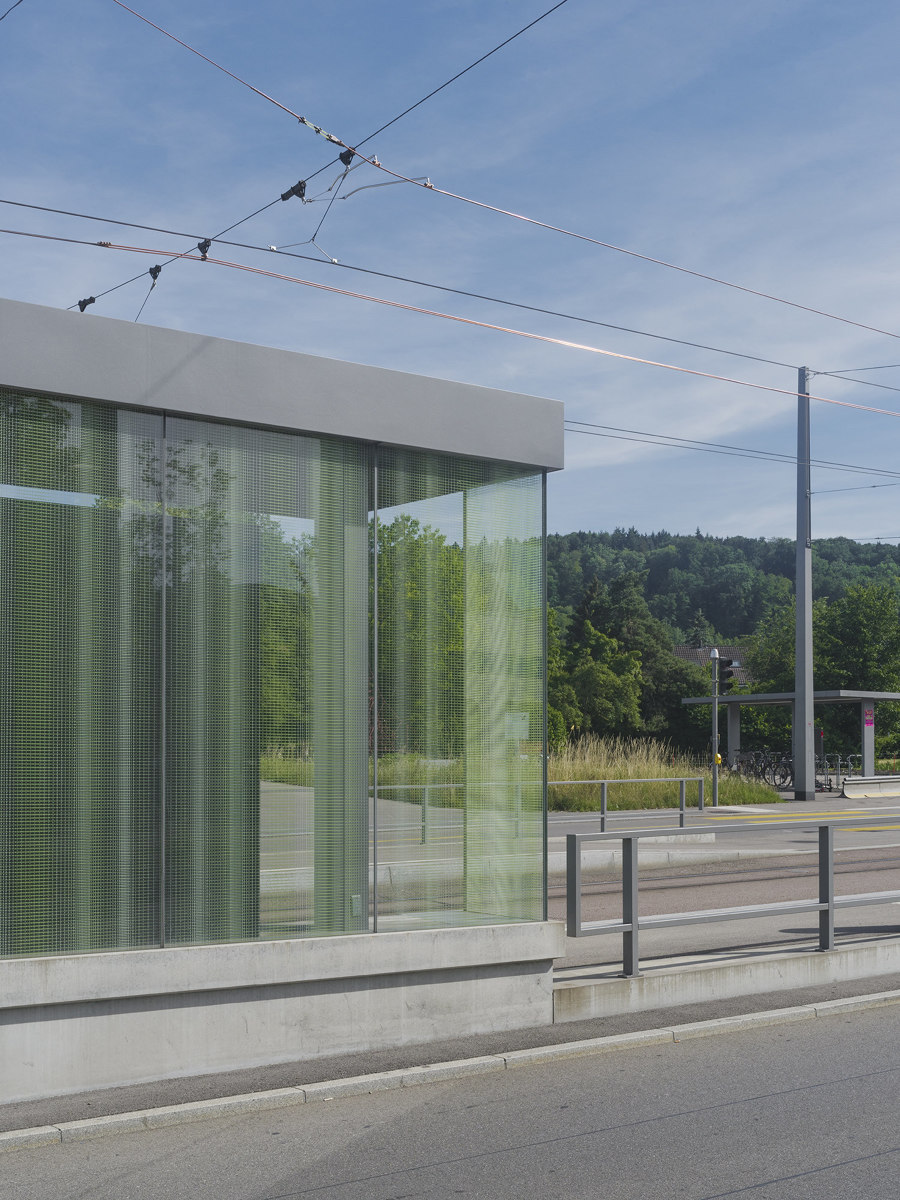
‘This infrastructure project required great knowledge and broad experience regarding standards, interface requirements and project coordination.’ said co-owner Martin Burri. Axonometric diagram: 10:8 Architekten. Photos: Damaris Betancourt
×An almost homely ambience
A large roof and side glass walls protect against wind and weather, while a long wooden bench set in concrete makes waiting comfortable. On all three outer sides, a double-sided, two-colour screen print gives the glass the appearance of a translucent curtain, providing not only aesthetic benefits, but also simultaneously serving as a bird screen. Meanwhile, minimalist cabinet elements provide the right setting for technological elements such as ticket machines as well as advertising space and timetables.
An almost homely ambience is created here in the middle of the public space, its architecture designed also to be handicapped-accessible. In addition, the stops will be supplemented by street furniture and bicycle stands, which will connect non-motorised traffic and thus further help to network the urban space. And what could be better for people, the environment and traffic conditions than a functioning Bike & Ride? A clever and beautifully designed concept that allows different transport modes to flow seamlessly into one another.
One for all, all for one: The disabled-friendly architecture, a modular system that also included bike racks, was tested regularly during the construction phase
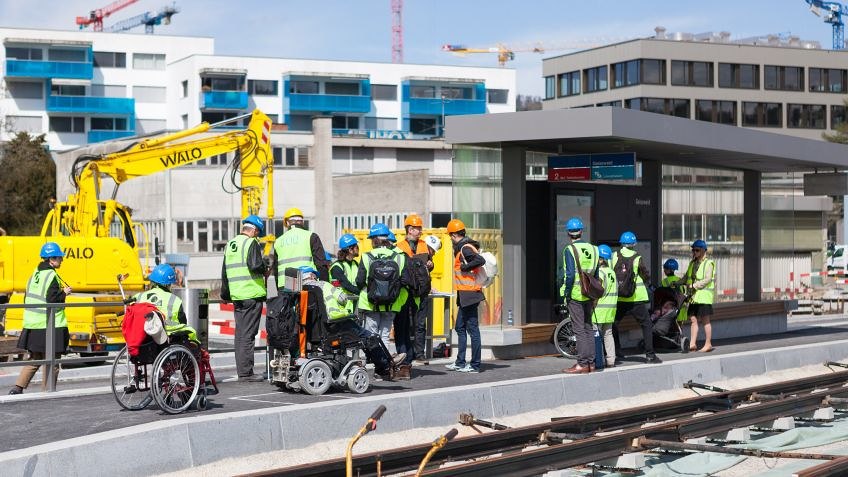
One for all, all for one: The disabled-friendly architecture, a modular system that also included bike racks, was tested regularly during the construction phase
×Competence, innovation and interactive cooperation
Swiss company BURRI, which has already successfully realised the Glattalbahn project, is responsible for the planning and implementation of the entire stop infrastructure. As an experienced designer and developer of public spaces and full-service provider of Public Elements®, the multi-faceted public-space specialist BURRI won the international tender in 2016 to implement this challenging large-scale project as the exclusive contractor for the stop infrastructure.
From A to Z, BURRI worked in close cooperation with the architectural office 10:8 as well as many other partners and stakeholders
From A to Z, BURRI worked in close cooperation with the architectural office 10:8 as well as many other partners and stakeholders. Lead architect Jürg Senn confirmed the positive and productive partnership, stating ‘What I appreciate about BURRI is the company's competence and innovation, but above all the interactive cooperation conducted on an equal footing.’
Lead architect Jürg Senn of 10:8 on the construction of the Limmattalbahn (video). The realisation was carried out by BURRI as comprehensive contractor for stop infrastructure – from planning to production and installation
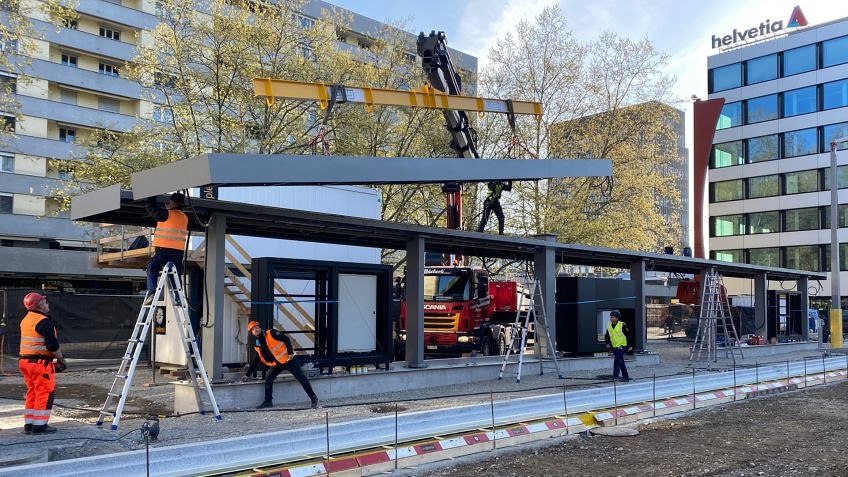
Lead architect Jürg Senn of 10:8 on the construction of the Limmattalbahn (video). The realisation was carried out by BURRI as comprehensive contractor for stop infrastructure – from planning to production and installation
×Modular system, comprehensive scope
Thanks to the overall design concept which is based on a modular system, the Limmattalbahn is not only a mode of transport, it is a ‘city maker’ that provides the agglomeration with an urban backbone. With their uniform architecture and well-thought-out design, the 27 stops and 54 bus shelters play a central role in this. As recurring, concise identification carriers, they ensure that these public transport connections can be found while also giving the heterogeneous settlement area a unifying identity.
In addition to the logistical and technical services provided by BURRI in the area of bus stop infrastructure, the entire route lighting with LOOP LED rope luminaires was also produced in-house as was the infrastructure for the traffic junctions, with angled masts, signal gantries and traffic control masts – a holistic and high-risk challenge for this medium-sized family business from Glattbrugg.
City maker and identification carrier: The concise architecture was thought through to the last detail. The multifunctional screen printing also required in-depth research work. Photos: René Dürr

City maker and identification carrier: The concise architecture was thought through to the last detail. The multifunctional screen printing also required in-depth research work. Photos: René Dürr
×Multi-layered competencies
As fifth-generation co-owner Martin Burri says: ‘Considering the complexity of this infrastructure project, it required not only multi-layered competencies in craftsmanship in a wide range of disciplines, but also great knowledge and broad experience regarding standards, interface requirements and project coordination.’
‘What I appreciate about BURRI is the company's competence and innovation, but above all the interactive cooperation’
20 years may lie between the initial considerations and the final commissioning of the rail system, but for a project of this size and one undertaken within an already-existing urban environment, this represents quite a speedy undertaking. After all, the light rail not only runs between two cantons with different administrative processes, its realisation also involves numerous different stakeholders.
In time with the future: The Limmattalbahn increases the quality of life in the region while creating new impulses for urban development. Photos: Damaris Betancourt
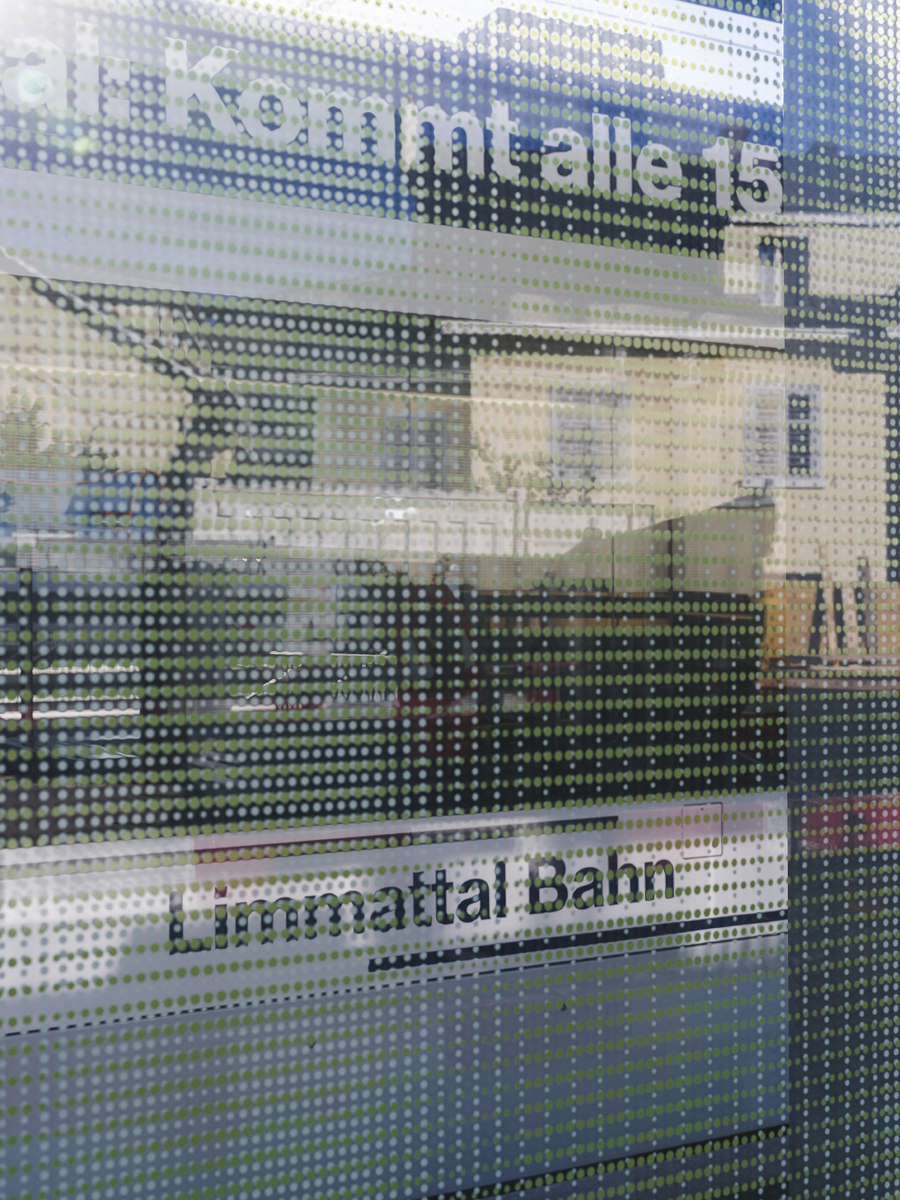
In time with the future: The Limmattalbahn increases the quality of life in the region while creating new impulses for urban development. Photos: Damaris Betancourt
×Another groundbreaking success
With a cross-cantonal and cross-community dialogue plan, the route, stops, settlement context and future development potential were continuously discussed and successively implemented. For BURRI, too, the realisation took place as a work-in-progress. Thus, the first stage from Farbhof Zurich to Schlieren was able to be already put into operation in 2019, before the entire line was opened in December 2022.
Whether transporting commuters to work, school, shopping expeditions, sports events or cultural experiences – since opening, the Limmattalbahn has been moving and connecting six municipalities, the Canton of Zurich with the Canton of Aargau and the city with the surrounding areas. A project that significantly increases the quality of life in the region and will further accelerate future development. For BURRI, too, it's another groundbreaking success and now full steam ahead to the next one.
© Architonic
Head to the Architonic Magazine for more insights on the latest products, trends and practices in architecture and design.


